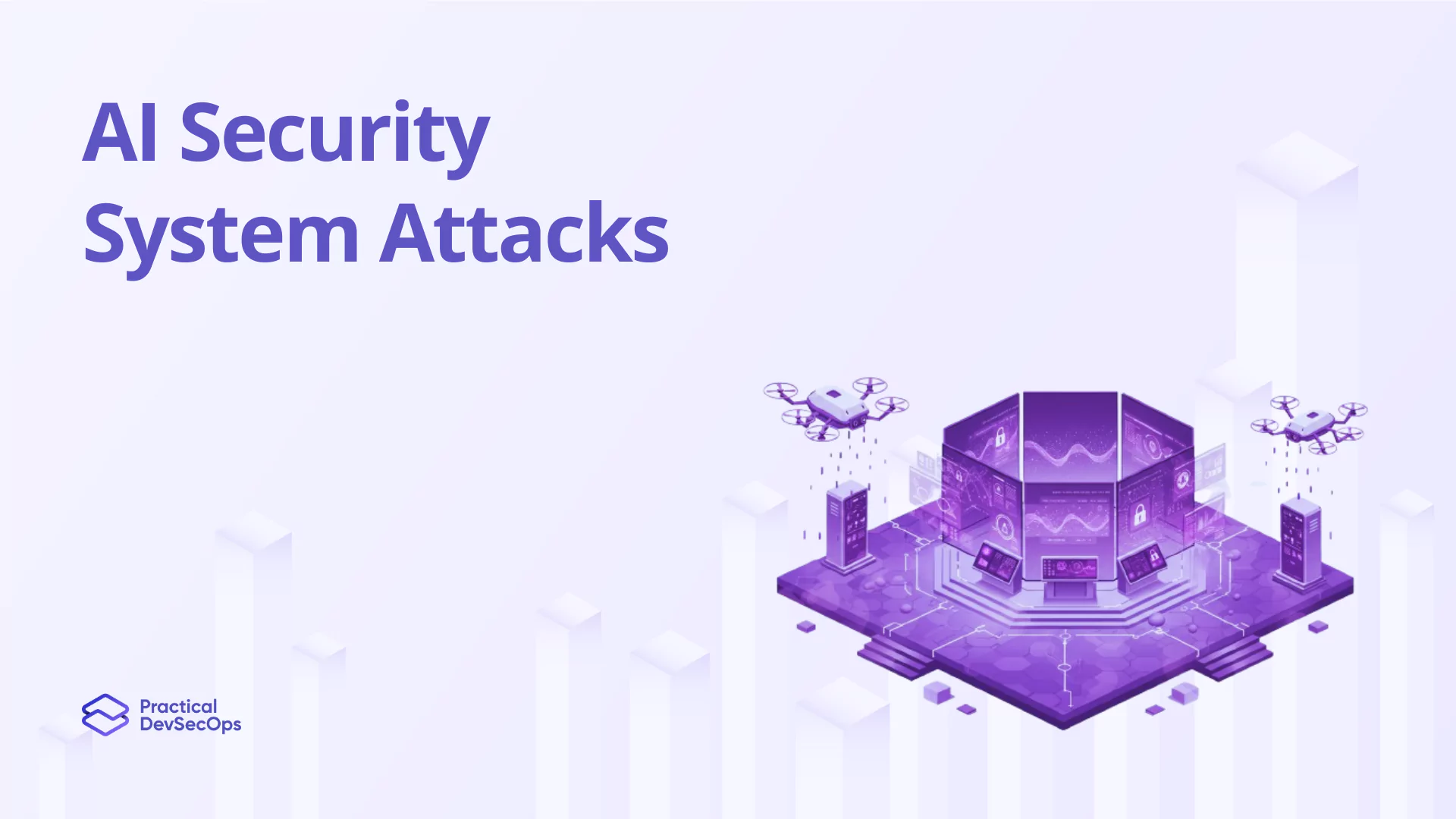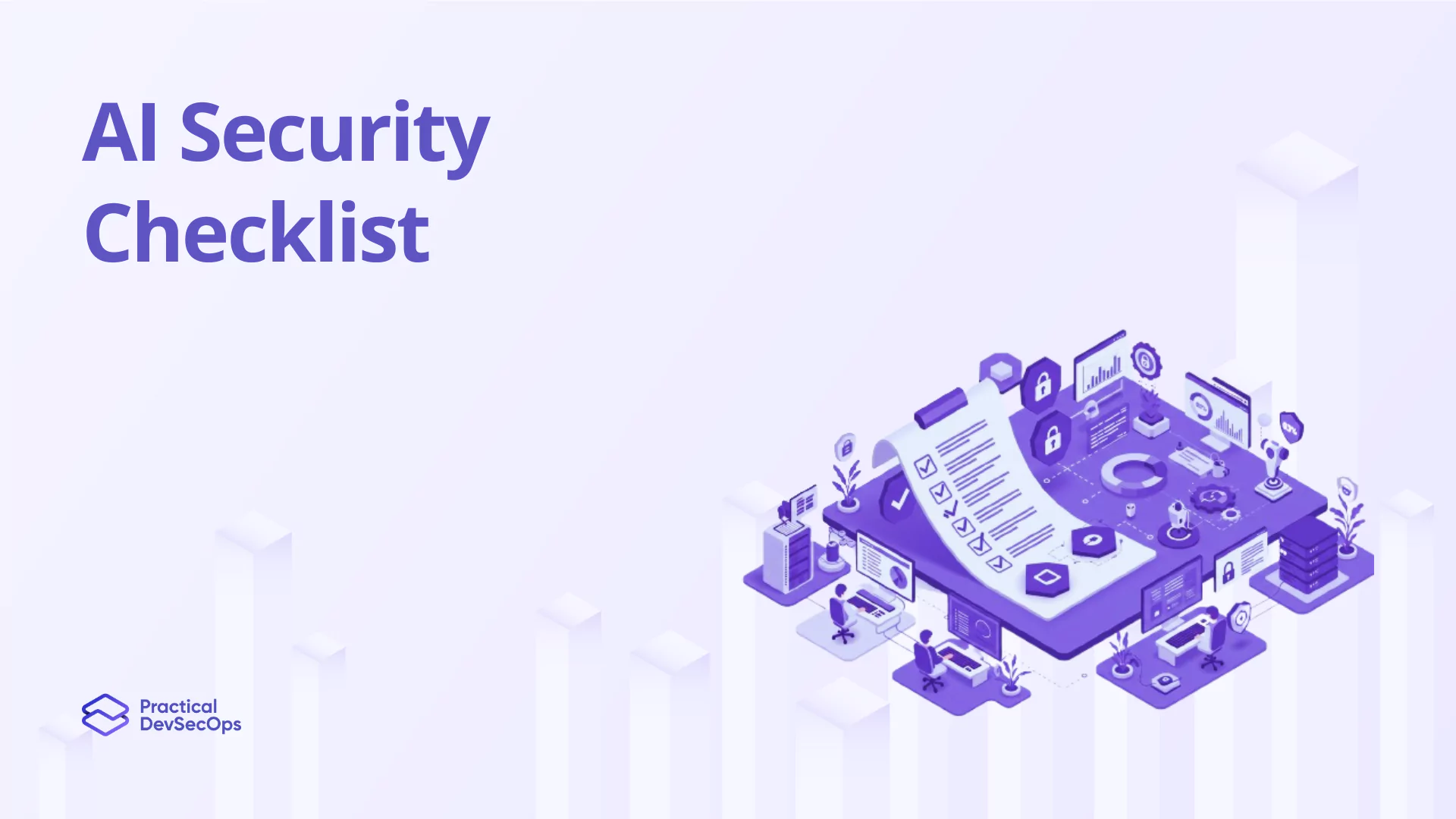Understanding container security vulnerabilities is crucial for developers and security professionals aiming to protect their containerized environments.
This blog details the most common security vulnerabilities found in container deployments and offers guidance on mitigating these risks.
Also read Why Container Security is Important
Top 9 Container Security Vulnerabilities
Misconfigured Containers
One of the most prevalent security issues in containerized environments is misconfiguration. This can range from improperly set network ports to default settings that are not secure. Misconfigurations can expose containers to unauthorized access and potentially compromise the entire container host.
Vulnerable Container Images
Containers are often built from base images that may contain vulnerabilities. Using outdated images or images downloaded from untrusted registries can lead to security breaches. Regularly scanning images for vulnerabilities and updating to secure, official versions is essential.
Also read Container Security Risks
Inadequate Container Isolation
Containers running on the same host may affect each other if proper isolation is not enforced. This lack of isolation can lead to resource abuse, container breakouts, and unauthorized access to host systems. Implementing strong isolation mechanisms is key to maintaining container security.
Secrets Management
Hard-coding sensitive data, like passwords, API keys, and tokens within container images or deployment scripts is a common vulnerability. Exposure of such secrets can lead to data breaches and system compromises. Using secure secrets management tools and practices is vital for protecting sensitive information.
Also read Container Security Tools
Insecure Networking
Containers often communicate over networks configured by default settings, which may not be secure. Insecure networking can expose sensitive data and allow attackers to intercept or reroute traffic. Employing network policies and encryption can safeguard communication between containers.
Insecure APIs
Containers and orchestration tools often expose APIs for management purposes. If these APIs are not secured, attackers can manipulate the container environment. Securing APIs with authentication, authorization, and encryption is crucial for preventing unauthorized access.
Also read Angling for a Pay Raise Upskill in Container Security
Privilege Escalation
Containers that are configured with excessive permissions can lead to privilege escalation attacks. Limiting container privileges to the minimum required and adhering to the principle of least privilege can greatly reduce the risk.
Unpatched Host OS and Components
The security of the host operating system and other components like the container runtime and orchestrator is critical. Unpatched vulnerabilities in these components can lead to severe security breaches. Keeping the host system and components up-to-date with security patches is necessary.
Also read Container Security Best Practices
Logging and Monitoring Failures
Adequate logging and monitoring are essential for detecting and responding to security incidents in container environments. Without proper logging, malicious activities may go unnoticed. Implementing comprehensive logging and monitoring strategies ensures visibility and security oversight.
Conclusion
Containers offer significant advantages in terms of efficiency and scalability, but they also come with unique security challenges. Addressing these common vulnerabilities through best practices and tools is crucial for safeguarding your containerized applications. Regular security assessments and embracing a security-first approach in container deployments are key strategies for maintaining robust security.
Elevate your container security by exploring the Certified Container Security Expert (CCSE) course offered by Practical DevSecOps. Enhance your understanding of container vulnerabilities and learn advanced techniques to secure your container environments effectively.
Also read Container Security Books
FAQ’s
What is an example of a container vulnerability?
A common container vulnerability is the insecure use of privileged containers. If a container runs with more privileges than it needs, it can expose the underlying system to security risks, such as unauthorized access or control.
How to scan a container for vulnerabilities?
To scan a container for vulnerabilities, you can use tools like Docker Bench for Security, Clair, or Trivy. These tools analyze container images and running containers to identify known vulnerabilities based on their components.
What is container threat detection?
Container threat detection involves monitoring containers for unusual activities or behaviors that could indicate a security threat, such as unauthorized access attempts, unexpected network traffic, or process deviations, often using automated security solutions.
Which is more secure, VM or Container?
Virtual Machines (VMs) generally provide more robust isolation due to the separation provided by the hypervisor. Containers, while efficient, share the host OS kernel, making them less isolated and potentially more susceptible to exploits if not properly secured.
Do containers provide security isolation?
Containers provide a level of isolation by separating processes and network resources. However, since containers share the host’s kernel, the isolation is not as strong as VMs, making them vulnerable if the container runtime environment is compromised.
What are the vulnerability statistics for containers?
Recent studies indicate that a significant percentage of container images contain vulnerabilities, often due to outdated libraries or insecure configurations. For example, reports often show that over 50% of Docker images contain critical vulnerabilities.
Is running containers as a privileged user security-sensitive?
Yes, running containers as a privileged user is considered a security risk because it grants the container access to system-level capabilities that can be exploited to perform malicious activities or escalate privileges on the host machine. It’s recommended to run containers with the least privilege necessary.







0 Comments